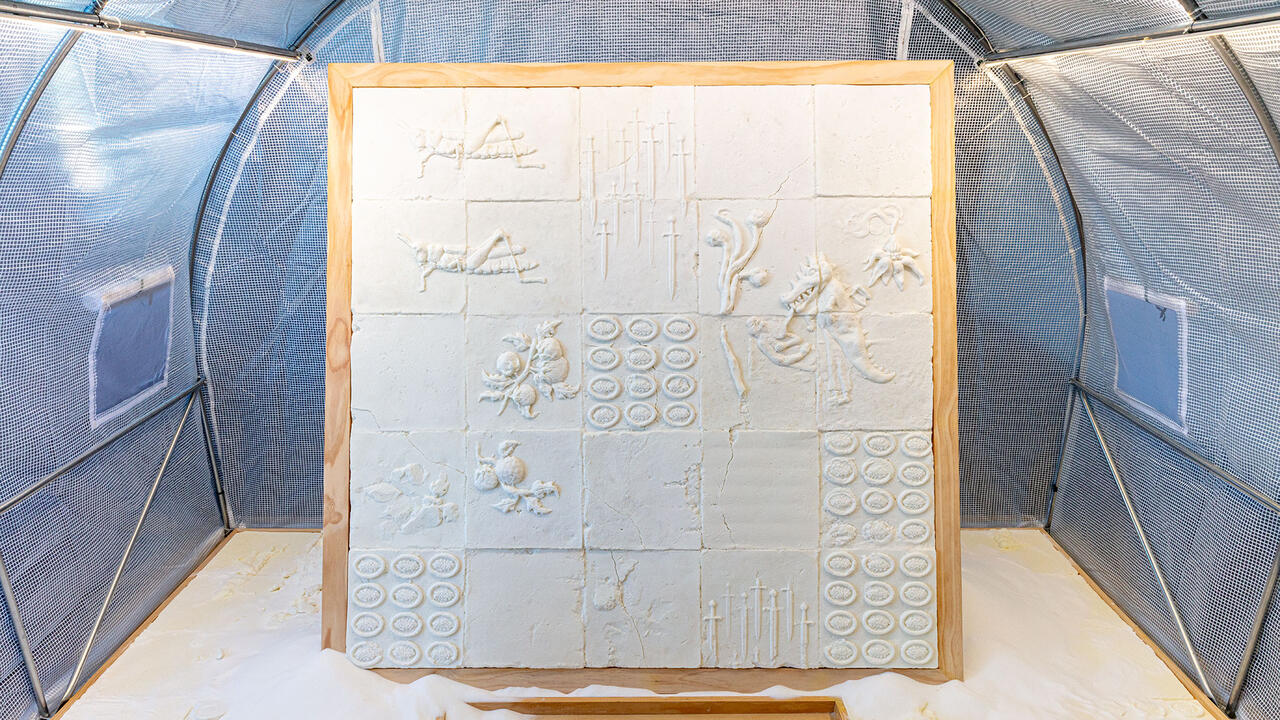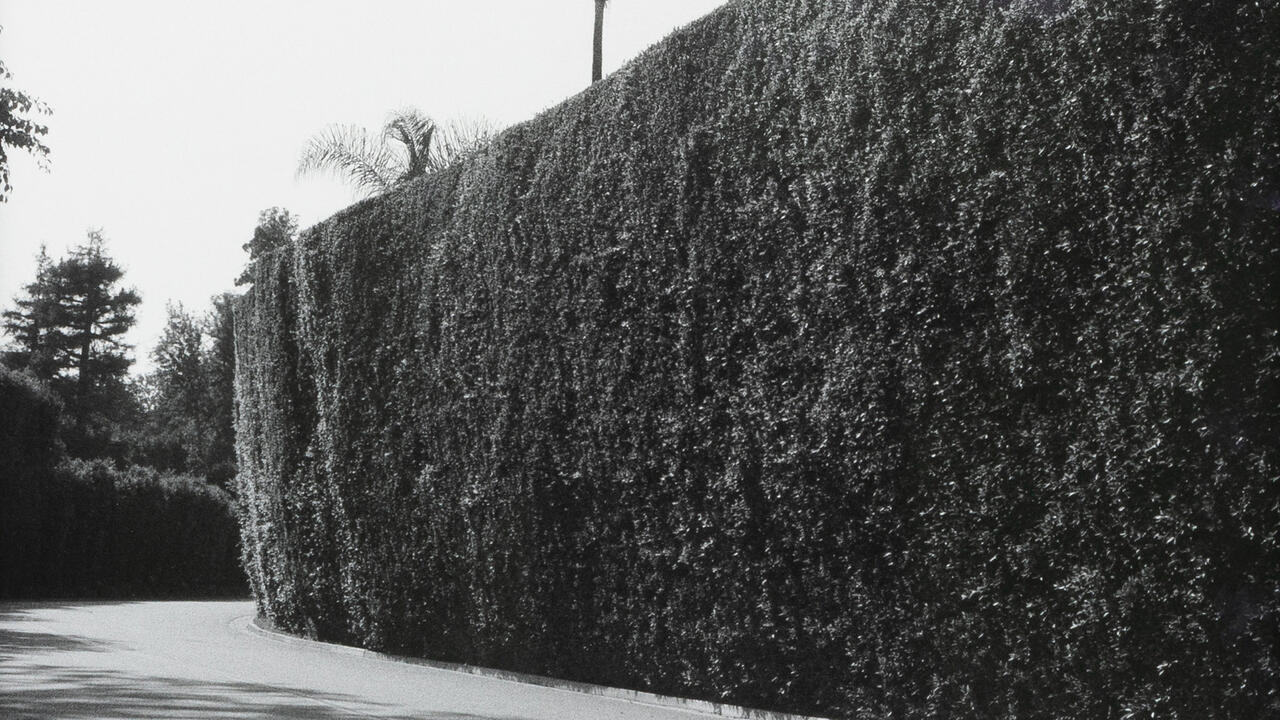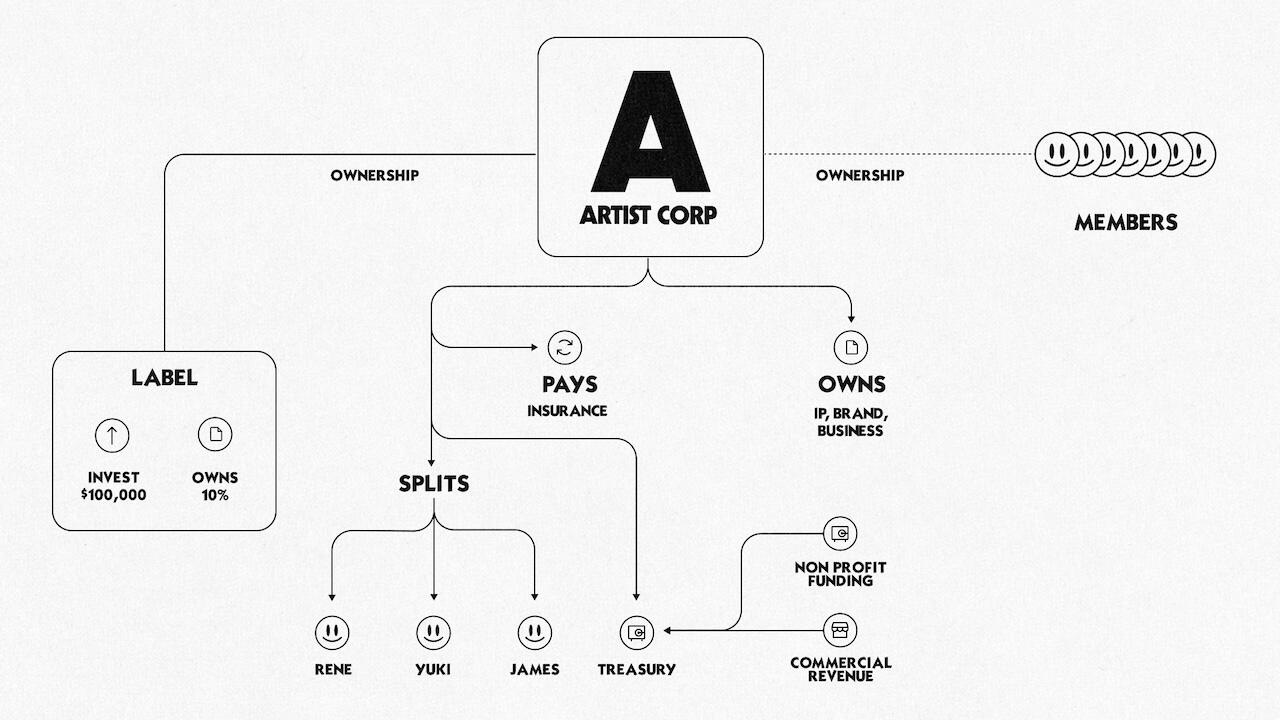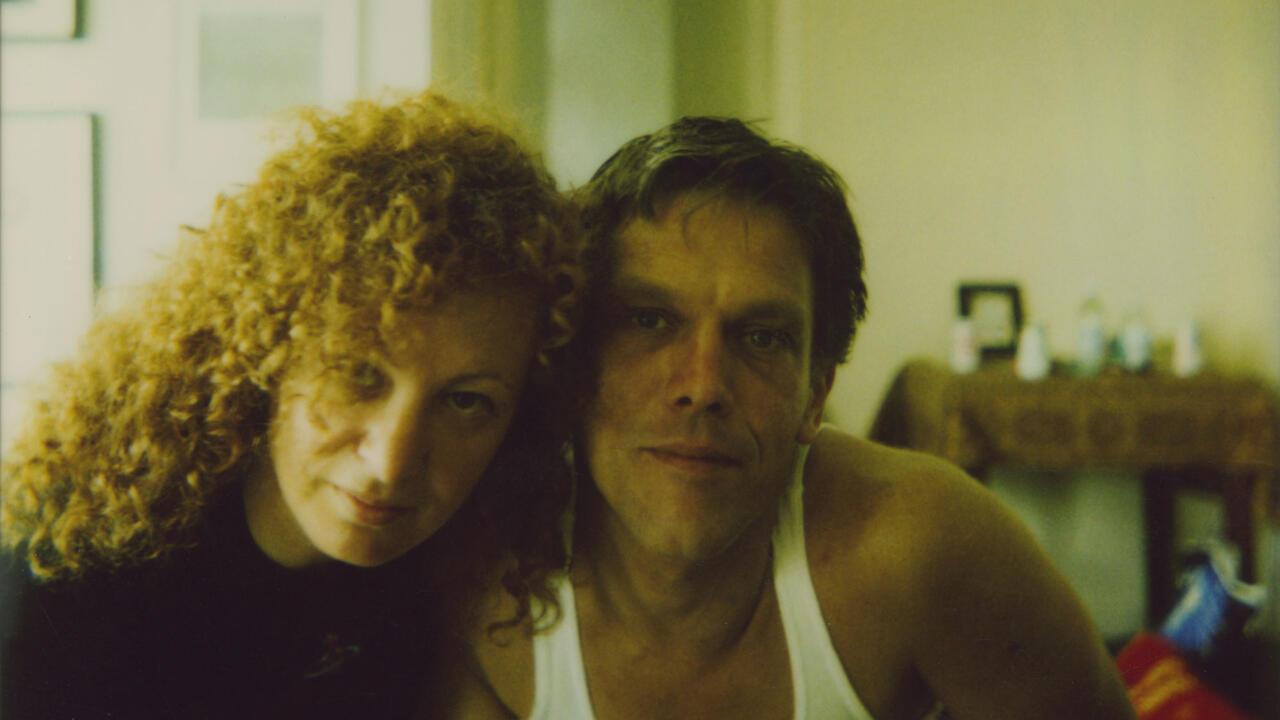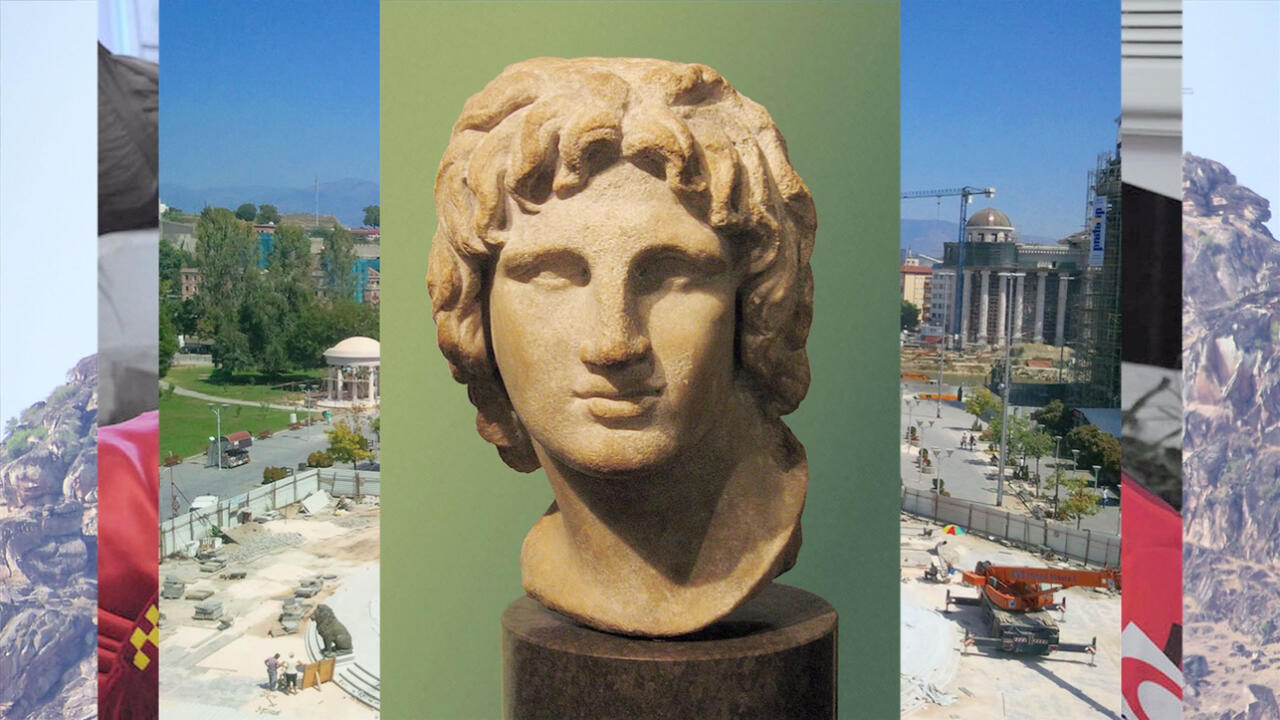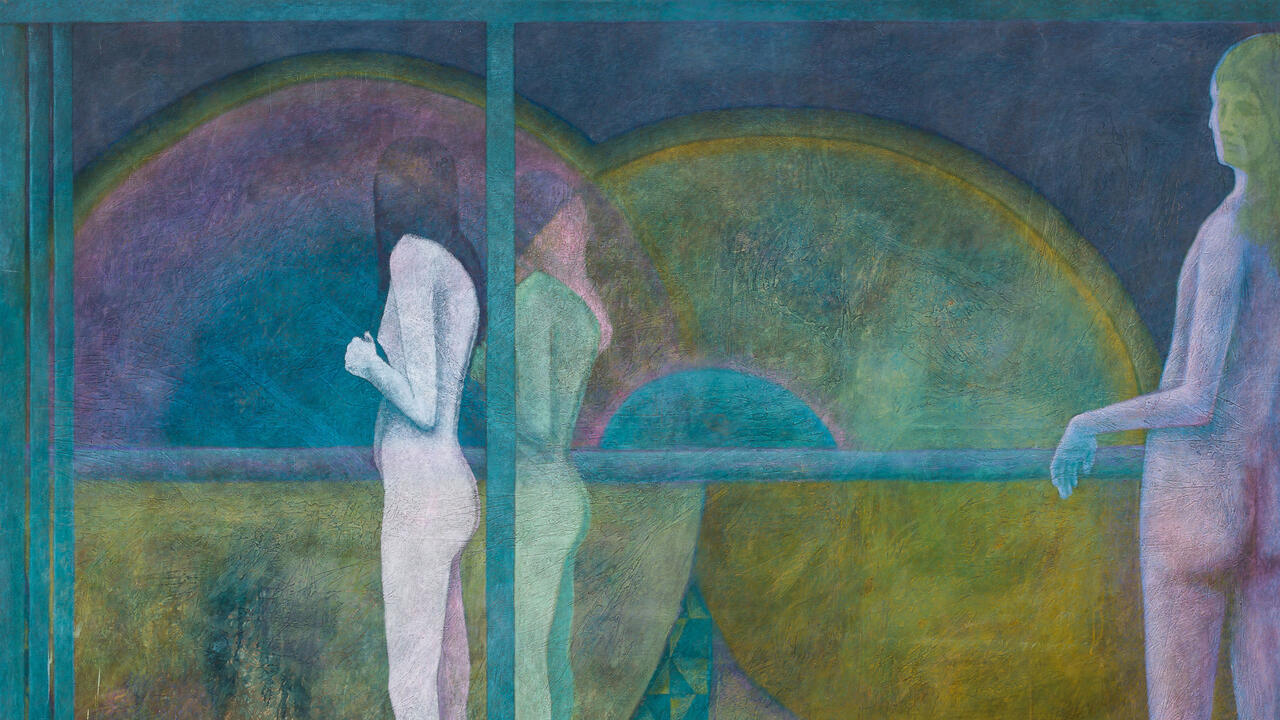To Save a Temple from Drowning
What was lost – and what was gained – when the Temple of Dendur came to the Met?
What was lost – and what was gained – when the Temple of Dendur came to the Met?

‘Excuse me! Are you staff?’ I was so entranced that I hardly noticed the slouched young man until he spoke. After the woman escorting me flashed her badge, he waved us on towards the Temple of Dendur. Without its dramatic spotlights and water feature, the bland modernist gallery at the Metropolitan Museum of Art felt stripped of its set dressing.
We stopped by the below-ground offices to pick up a copy of the museum’s 1978 Bulletin. The place was a catacomb, frozen in time. Low stacks of newspapers all bore the same date: 12 March, the last day the museum was open before the COVID-19 lockdown. Soft light from a small window with a partial view of the dancing water fountain outside made the offices feel even more like a time capsule – or the Titanic in its watery grave.
Dendur did not suffer that ship’s fate. It was saved from the flooding of the Nile caused by the construction of the Aswan High Dam (1960–70), and offered to the US by Egypt’s president, Gamal Abdel Nasser, in 1965. The feat of international cooperation, planning and, especially, goodwill required to transport this structure to the western hemisphere seems almost impossible now.
The Met’s Department of Egyptian Art, founded in 1906, was informed by the research of Harvard archaeologist George Reisner, who unearthed many pyramids and temples in Sudan. A racist, he could not allow the sophisticated architecture of Nubia – or, more specifically, the kingdom of Kush (c.1070 BCE–350 AD) – to be attributed to a dark-skinned people.

The opening paragraphs of the 1978 Bulletin are written from the perspective of a 19th-century European traveller. It imagines them driven by egoism to seek challenging encounters with the ‘unfriendly’ inhabitants of ‘sand-choked debris’. The author, Cyril Aldred, personifies the ruins as sequestered in a ‘mute loneliness’ that ‘induced these intrepid visitors to carve their names on the ancient stones’, as if the temple were to blame for its own desecration. These names, it explains, are ‘a roll call of Egyptological explorers’. There was Italian Egyptologist Girolamo Segato; Thomas Legh, a British MP; Bernardino Drovetti, an Italian consulate general for Napoleon Bonaparte who collected looted artefacts; and the Earl of Belmore, touring the Nile on his yacht. Americans and Europeans weren’t the only visitors to leave graffiti: there are also carvings in Coptic, Arabic and ancient Egyptian demotics.
The Temple of Dendur was commissioned by Augustus, the first emperor of Rome, around 15 BCE to appease the Nubian people after a military campaign. It is dedicated to the goddess Isis. Augustus appears prominently on the temple frieze, offering gifts to various deities. Pedesi and Pihor, the two sons of a local Nubian lord, who ruled as a Roman tributary, are also shown receiving incense, water and wine. Never mind that the brothers drowned in the Nile: this was considered honorific, and the doorway to eternal life.

In 1993, while floating along the Nile in a felucca with the artist Whitfield Lovell and several Nubian friends, I closed my eyes and imagined the grandeur and pageantry of that experience in ancient times. I fantasized being a guest of Pedesi and Pihor as they toured their realm on the sacred river, conversing in Meroitic.
What happens when a Nubian temple is moved to an entirely different continent? Is it possible to re-situate something that has very specific coordinates? That Dendur was saved is a gift but, as with much contemporary art, there are details essential to the structure’s site-specificity. The Temple of Abu Simbel, which was also saved from the Aswan High Dam, was originally in a location where, on 22 February and 22 October, the sun would illuminate four figures deep in its inner chamber. Despite the calculations of engineers and Egyptologists, those conditions were impossible to reproduce.
The destruction of the Nubians’ homeland and culture continues today: the Merowe Dam in Sudan, which was completed in 2009, has displaced vast populations and threatened areas with the greatest concentration of ancient Nubian temples and graves – a monumental loss not only for the African diaspora but for all of humanity. The flooding of Nubian land raises difficult questions concerning Sudan’s ability to save its ancient history while upholding its impoverished citizens’ right to survive. A people should not have to choose between their future and their past. So, when you look at the Temple of Dendur, think about the killing of Kush.
This article first appeared in frieze issue 213 with the headline 'The Killing of Kush’.
Main image: The Temple of Dendur, 1850. Courtesy: Lila Acheson Wallace Fund and Metropolitan Museum of Art, New York; photograph: Felix Teynard











